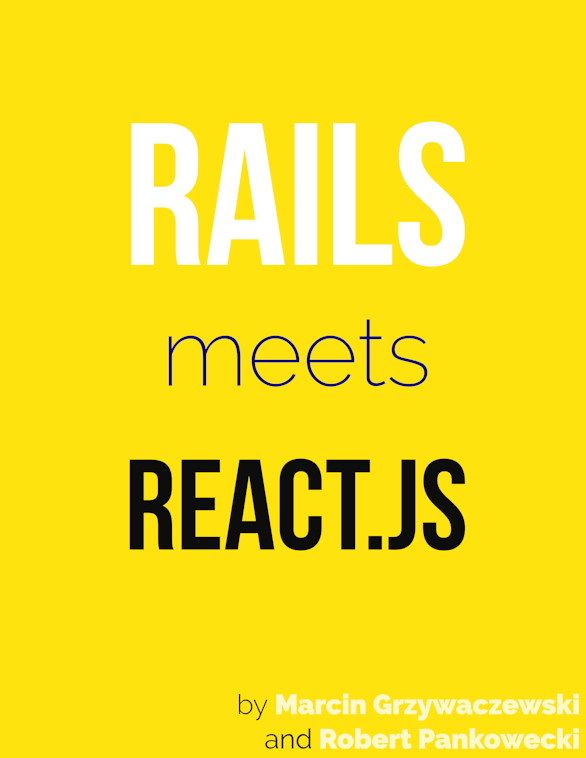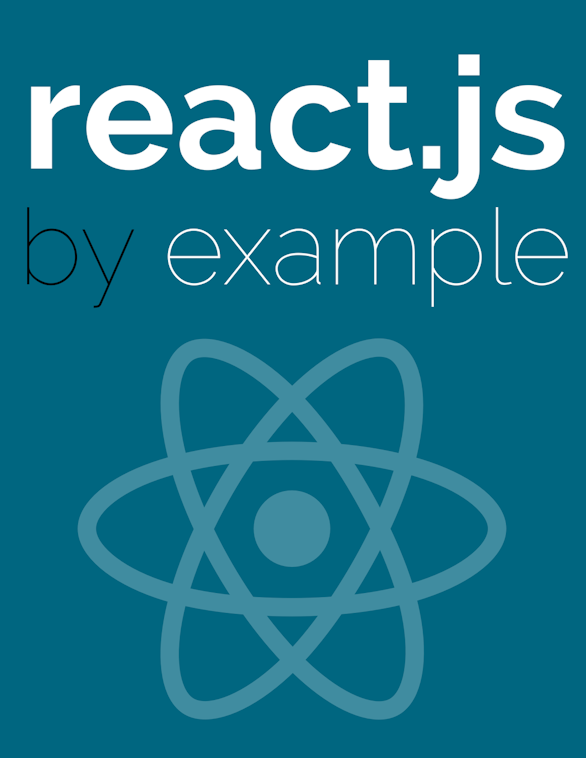Arkency React.js resources
… and check why 5600+ Rails engineers read also this
Arkency React.js resources
It has been some time (almost 2 years?) since we started using React.js at Arkency. It quickly propagated to all of our projects. Along the way, we’ve been blogging a lot about what we learnt.
So far we’ve released:
- 28 blogposts
- 5 open repositories
- React.js koans
- 7 YT videos
- 2 books (with repos)
- dozens of emails to our React Kung Fu mailing list
This blogpost is an attempt to put all the resources in one place.
Blogposts
- Integrating jQuery Chosen with Webpack using imports-loader
- Upgrading to React 0.14 in practice
- The difference between Virtual DOM and DOM
- Common React.js mistakes: Unneeded state
- React.js loses input focus on typing
- How to improve the data flow in your React app? Introduction to Baobab
- Pros and Cons of using immutability with React.js
- Beautiful confirm window with React
- The Hitchhiker’s Guide to Modern JavaScript Tooling
- Why and how to bind methods in your React component classes?
- Big names using React.js
- Learning React.js by practice - why React Koans turned out to be a great success
- What React component class syntax should I use?
- Why are we using React.js in our projects?
- Approaches to testing React components - an overview
- Going mobile with React Native
- React with Flux by example - a simple Todo List dissected
- Arkency goes React
- You can use CoffeeScript classes with React - pros and cons
- Building a React.js event log in a Rails admin panel
- One year of React.js in Arkency
- On my radar: RethinkDB + React.js + Rails
- Implementing Game Dashboard With React.js
- Use your gettext translations in your React components
- You can move React.js root component around
- React.js and Dynamic Children - Why the Keys are Important
- React.js and Google Charts
- How we structure our front-end Rails apps with React.js
React.js koans
YouTube videos
- RethinkDB + ReactJS + Rails Live - Proof of concept
- React.js koans
- Anatomy of the React.js component - FREE chapter of the book
- Introduction to React.js Koans - installation
- React Flux Todo List - Basic use case
- React.js koans - solving the 1st exercise, the basics of React components
- React.js koans - solving the 2nd exercise, the list of parties!
Repositories
- React Flux Alt immutable TodoList
- React.js testing approaches
- React native - fair pizza
- Rails scaffold to React.js
- RethinkDB + React.js
Books
Rails meets React.js
The book will teach you:
- How to install and configure React.js in your Rails project.
- Working with dynamic React based forms.
- How to transform your view to React-managed components.
- What you can use React.js for in your projects and how.
- Detailed knowledge about how to use it and best practices to work with React.js, with examples.
- How to test React components.
- You will also get Ruby and CoffeeScript code for the examples.
- And it begins with a tutorial so that you start with practical skills.
Animations with React.js is such a great topic that we decided to record and include 2 videos on this topic.
React.js by example
We love working with React.js so much, that we also published another book on this topic - “React.js by Example”.
This book doesn’t focus on the Rails integration. We wanted to share with you how to setup a separated (from Rails) React.js-based frontend.
This book is directed to people who are total React.js newbies. There are 12 typical examples implemented in React.js. Each of the examples is another chapter. Each example contains a narration on how one of us (from Arkency) approaches the development of a React.js component.
What’s more - you receive all the repositories for this book! You can browse the code, you can run the examples, you can tweak them.
After reading this book, you will be fully ready to approach a typical React.js component.
The examples are written in EcmaScript2015 and use webpack.
Which of our React.js books to choose?
Those books are very different. They teach you React.js in different ways. While the “Rails meets React.js” book is more Rails focused, it focuses on developing one component from a small one to a very complex widget.
The “React.js by Example” is focused on the starting point. It shows 12 examples, which are typical things you will start with.
Many of our readers bought both of the books and are happy with that.
If you need to choose just one - if you want to use React.js within an existing Rails ecosystem, then go for “Rails meets React.js”. If you are allowed to develop the frontend separately to Rails, then choose “React.js by Example”.

